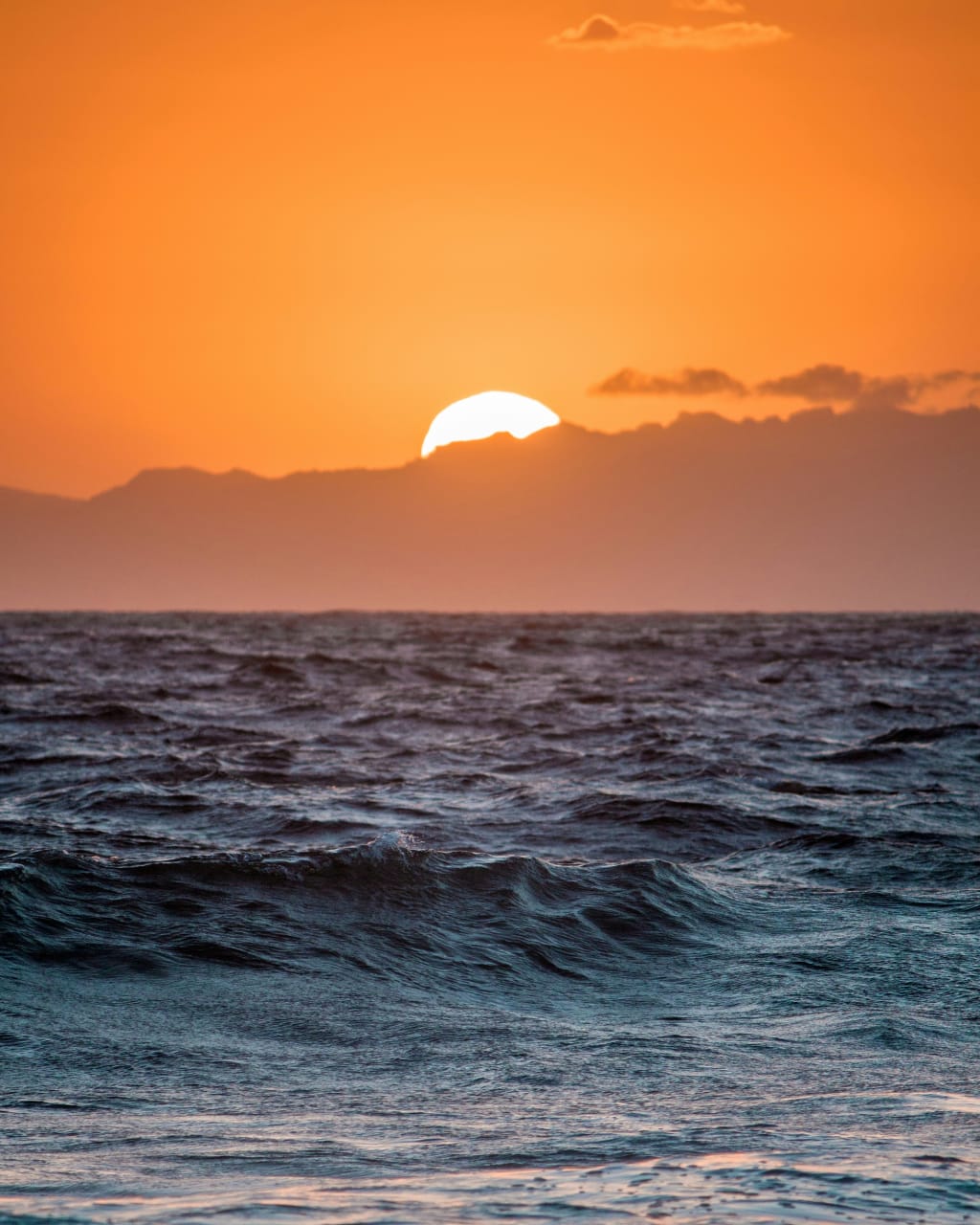The Terrifying Truth About Square Waves
If you notice square-shaped waves while swimming, it is advised that you immediately get out of the water.

Between sharks, alien-looking deep-sea creatures, and the fact that we've only explored about 5% of it, there's plenty to be scared of when it comes to the ocean. And now, here's a new fear to add to the list: square waves. If you don't get out of the water as soon as you see these things, your life could be at stake.
You're probably no stranger to waves in the ocean. Little waves are fun to jump over on the shore, and the bigger ones can be a blast to surf on. But there are some waves that you don't ever want to encounter when you're swimming in the ocean: square waves. While they look pretty awesome, they're incredibly dangerous.
So what are these things anyway, and where do they appear? If you look off the western coast of France, you'll see the Isle of Ré. This island is a mere 19 miles long and three miles wide. Thanks to its beautiful blue waters, clean sandy beaches, and stunning lighthouses, this place is a very popular vacation spot. But perhaps the coolest part about the Isle of Ré is what you see just beyond the shore: square waves.
This strange wave pattern looks like a giant chessboard over the ocean. Many visitors to the island become captivated by these waves and go to high-up places like nearby lighthouses to take pictures of this natural phenomenon. They say that when looking down at these square patterns in the water, it's almost as if there's some sort of metal grid underneath it.
To fully appreciate the beauty of wave patterns, it's best to observe them from a distance and avoid getting into the water. Waves can be formed by different weather conditions and travel for miles over the water surface. Even on calm days, storms from other places can still affect the surrounding waters. To understand square wave formation, it's important to learn about the basics of wave formation.
Waves that travel across oceans are called swells, which are different from waves caused by local winds. When two different swells coming from opposite directions meet, it's called a cross sea. This is what produces square waves near the Isle of Ré.
This French island is located in a spot where two seas come together. As the two seas with different swells knock into each other, they start to blend. But they don't blend the way two bodies of water normally mix, say like a waterfall spilling into a lake. Because these two seas have different weather conditions, a unique pattern emerges when they collide.
They create a riptide that's stronger than the average wave – way stronger than what you've probably experienced at the beach with regular waves. If you were to get stuck in these crisscross waves, chances are you wouldn't be able to get out.
This island is a popular destination for people who enjoy the ocean. However, during certain weather conditions, the waves can become rough and create a cross-sea. This is known as square waves. It's best to avoid the ocean during these times of the year and be aware of the signs around you. Most of the time, the water is calm and relaxing, and tourists should enjoy it. Although it's rare, people have been caught in the square waves before, so it's important to exercise caution and stay away from them.
Some swells can be found throughout the oceans of the world, and a cross-sea can take place. But if the angle they approach each other is more shallow, the wave may look like it's coming from the same direction, even when it's not. Not to mention, swells can slowly lose momentum as they drift further and further away, so their crest or the top of the wave appears more round and less jagged.
The Isle of Ré's specific wind and weather patterns are the perfect storm and create a cross-sea that people can recognize. If you're thinking about planning a trip to the beautiful Isle of Ré, just be sure to check the weather forecast ahead of time to make sure you'll be able to swim in the water without risking your life.
About the Creator
Enjoyed the story? Support the Creator.
Subscribe for free to receive all their stories in your feed. You could also pledge your support or give them a one-off tip, letting them know you appreciate their work.





Comments (1)
Test is not accepting comments at the moment
Want to show your support? Send them a one-off tip.